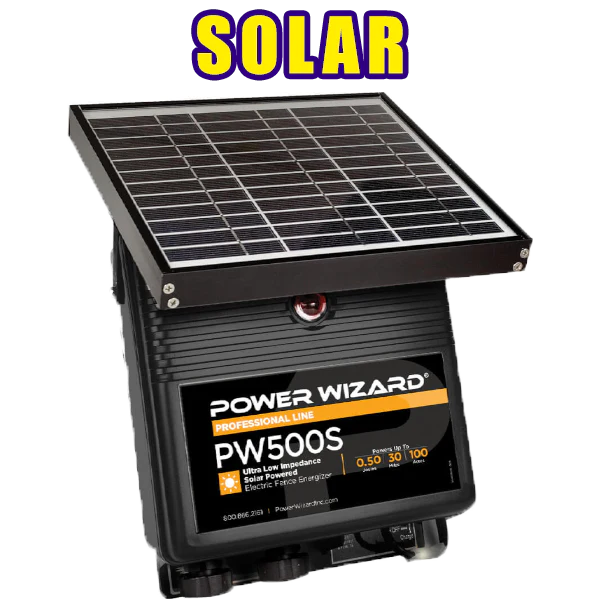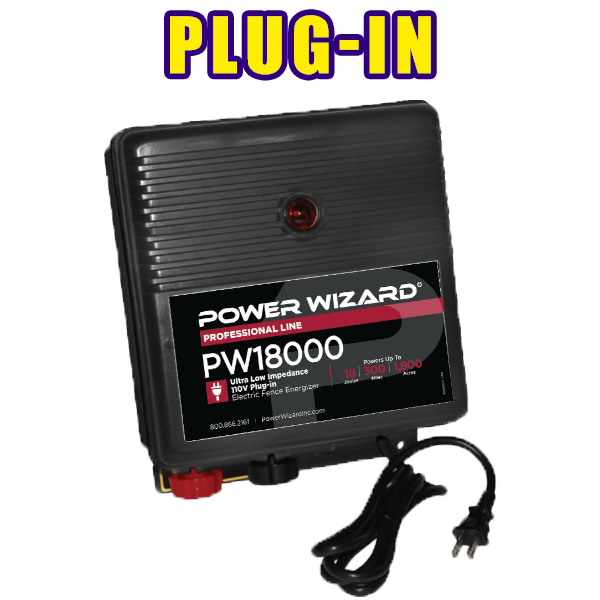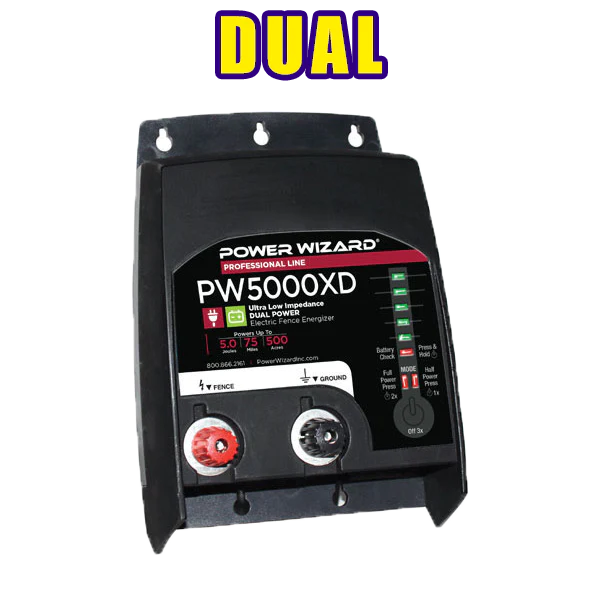Electric fences are a vital tool for keeping livestock contained and properties secure. However, ensuring that your electric fence is working properly is essential for its effectiveness. In this comprehensive guide, we'll walk you through the process of testing your electric fence to identify any issues and ensure optimal functionality.
Is there a way to test an electric fence?
There are several methods you can use to test an electric fence and ensure it's functioning as intended:
- Testing With an Electric Fence Voltmeter: A voltmeter specifically designed for electric fences can provide accurate voltage readings along the fence line.
- Testing With a Non-Contact Voltmeter: This tool allows you to measure voltage without direct contact with the fence wires, providing a safe and convenient testing method.
- Using Electric Fence Indicator Lights: Indicator lights can be installed at various points along the fence line to visually indicate the presence of voltage.
- Testing the Electromagnetic Field With a Compass: By using a compass, you can detect the electromagnetic field produced by the electric fence, providing another method for testing.
- Using Your Hearing: In some cases, you can listen for the characteristic clicking or popping sound produced by an electric fence to determine if it's energized.
- Testing With a Plastic-Handled Screwdriver: This simple tool can be used to safely test for voltage by touching the fence wires with the metal tip while keeping your hand on the plastic handle.
Why is my electric fence not shocking me?
If your electric fence is not delivering a shock, there could be several possible reasons:
- Inadequate Ground System: Poor-performing fence systems are often due to inadequate grounding. Ensure that your system has at least three ground rods, with additional rods needed in certain soil conditions.
- Power Supply Issues: Check the power source for your electric fence, whether it's a battery or mains power. Ensure that batteries are fully charged and that mains power is functioning correctly, including checking fuses and connections.
- Earthing Problems: If the voltage reading on your fence tester is over 5,000 volts, it's essential to check the earthing system for any faults or deficiencies.
How do I know if my electric fence is working?
To determine if your electric fence is working, follow these steps:
- Check Connections: Inspect all connections along the fence line, including wires, insulators, and energizer terminals, to ensure they are secure and free from damage.
- Inspect and Replace Insulators: Damaged or worn insulators can affect the performance of your electric fence. Inspect them regularly and replace any that show signs of wear or damage.
Why is my electric fence not electrifying?
If your electric fence is not electrifying, it could be due to inadequate grounding, power supply issues, or earthing problems. Addressing these issues and ensuring proper maintenance of your fence system can help restore its functionality.
How can I tell if my electric fence is grounded?
To determine if your electric fence is properly grounded, you can use a volt meter to test the ground rods. A reading of less than 400 volts indicates adequate grounding, while a reading greater than 1000 volts suggests the need for additional ground rods. Additionally, stray voltage along the fence line can indicate grounding issues that need to be addressed.
Conclusion:
Regular testing and maintenance are essential for ensuring that your electric fence is working properly to protect your property and livestock. By following the steps outlined in this guide and addressing any issues that arise, you can maintain a reliable and effective electric fence system for years to come.



